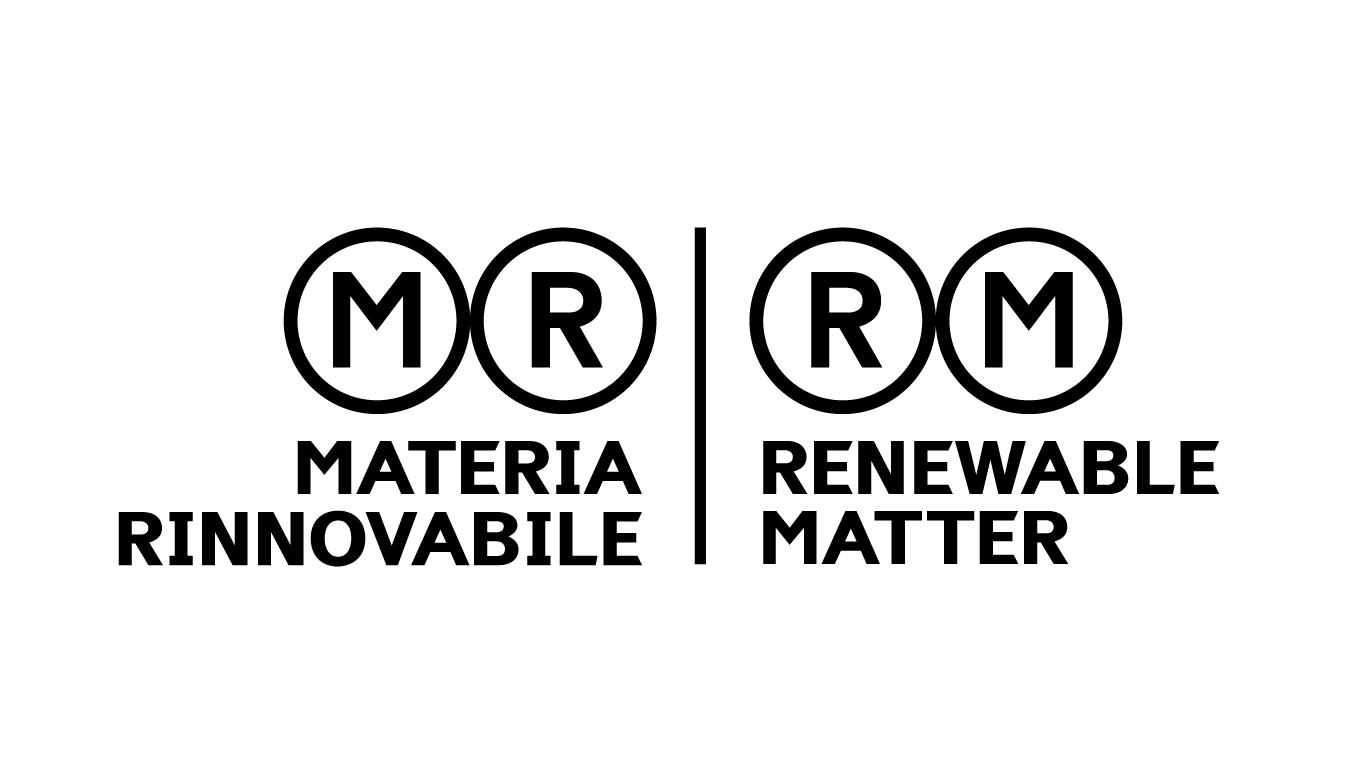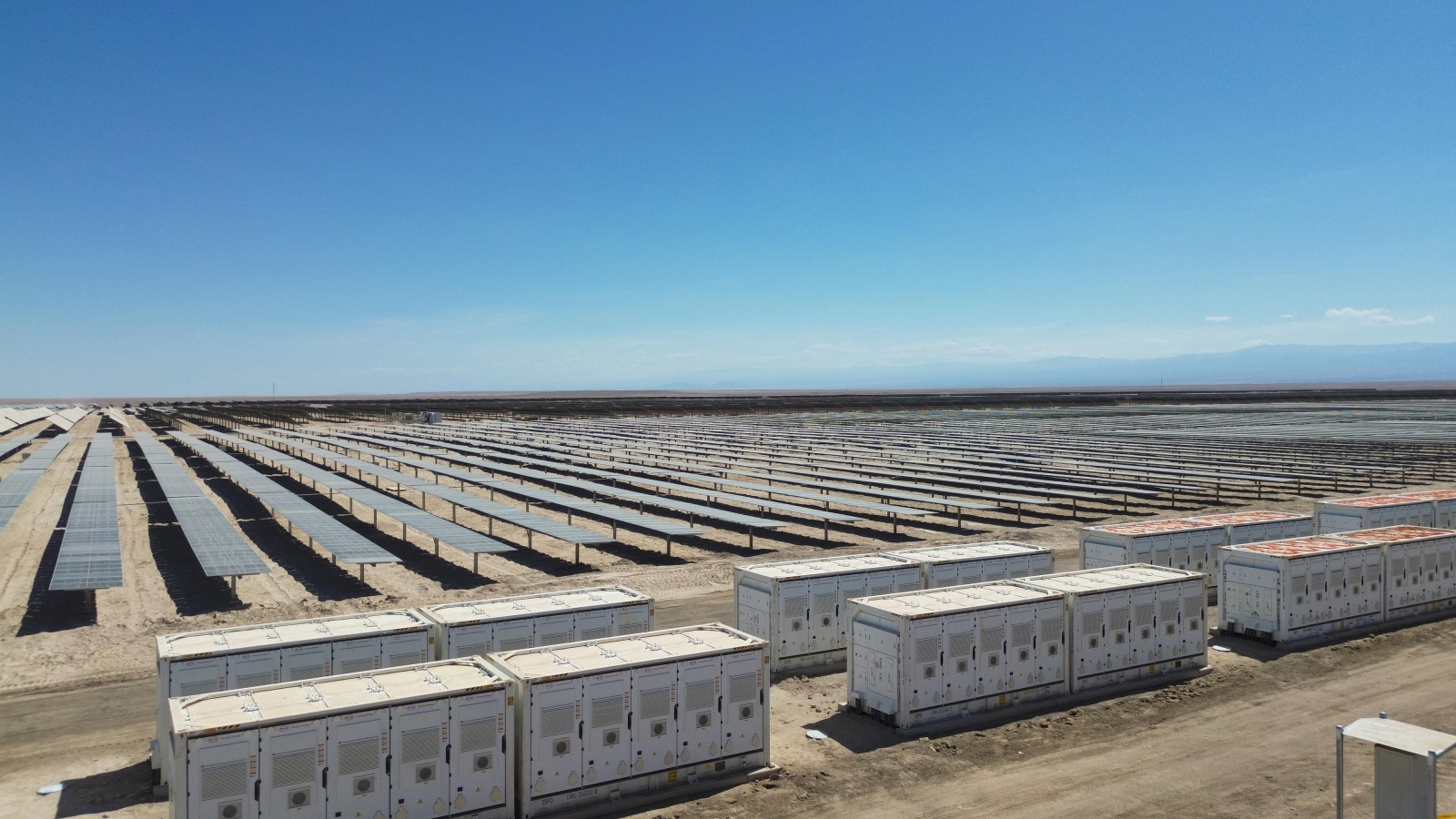This article is also available in Italian / Questo articolo è disponibile anche in italiano
There is a place in Chile’s Atacama Desert where the power of the sun never seems to set. It is the Quillagua photovoltaic power plant, officially inaugurated on 8 April in the municipality of María Elena, in the Antofagasta region, in the north of the country.
This is no ordinary facility. Built by ContourGlobal - a KKR Group company - Quillagua is a solar power plant with a nominal capacity of 221 MWp and equipped with a 1.2 GWh battery storage system, capable of delivering 200 MW for more than six hours after sunset. A record that makes it the largest plant of its kind in Latin America.
“We are proud to begin operations at the Quillagua plant a few months ahead of schedule, bringing the energy of the sun into the night, and to share this moment with our partners, the community, and local institutions and authorities,” said Antonio Cammisecra, Global CEO of ContourGlobal, during the opening ceremony. The event was also attended by Chilean Undersecretary for Energy, Luis Felipe Ramos, and the President of the National Electricity Coordinator, Juan Carlos Olmedo.
After the official inauguration, Quillagua now moves into the final phase before entering full commercial operation and activating a long-term power purchase agreement (PPA) for clean energy. This agreement will ensure a steady supply of solar energy even during nighttime hours, with the potential of feeding any surplus energy produced into the national grid.
Solar plant with battery storage to stabilize the electricity grid
The construction of the Quillagua plant represented a major engineering and employment achievement: it generated 313 direct jobs and it involved workers from six different countries. According to a statement from ContourGlobal, an additional 176 indirect jobs were also created, highlighting the positive impact of the project on the local socio-economic fabric.
The plant required the installation of over 452,000 solar panels, 5,000 solar trackers, 267 battery storage modules, 44 transformer stations, and 90 inverters. As Commisecra noted, these components are crucial “to stabilize the grid by managing daytime oversupply and meeting peak demand challenges.” The Quillagua facility will be continuously operated by a specialized team of around 20 professionals.
Chile leads the way in expanding Battery Energy Storage Systems (BESS)
Chile is reaffirming its role as innovation hub in the energy transition of Latin America with the inauguration of Quillagua and the upcoming launch of its twin plant, Victor Jara, expected by the end of the year. Both located in the heart of the Atacama Desert, the two facilities together will reach a total capacity of 452 MWp and a storage capacity of 2.5 GWh, ensuring an annual output of approximately 1,300 GWh of renewable energy.
In a global landscape where, according to the International Energy Agency, battery storage reached 70 GW in 2024, Chile stands out as a frontrunner in the development of long-duration BESS technologies.
Further evidence of the country’s dynamic energy market came during February 2025, when the National Energy Commission (CNE) announced seven new generation projects. These are currently under construction and include three BESS facilities, with an estimated investment of $256 million and a combined capacity of 62 MW. Two large wind farms are being developed by Engie Energía Chile - Pemuco (165 MW) and Pampa Fidelia (306 MW). Similarly, two other small distributed generation means (Pequeños Medios de Generación Distribuida PMGD, in spanish) solar projects with integrated BESS systems are going to be located in the Valparaíso and Los Ríos regions. Meanwhile, the national transmission grid is preparing for a major upgrade, with four new initiatives currently in the pipeline.
Cover: Quillagua power plant



